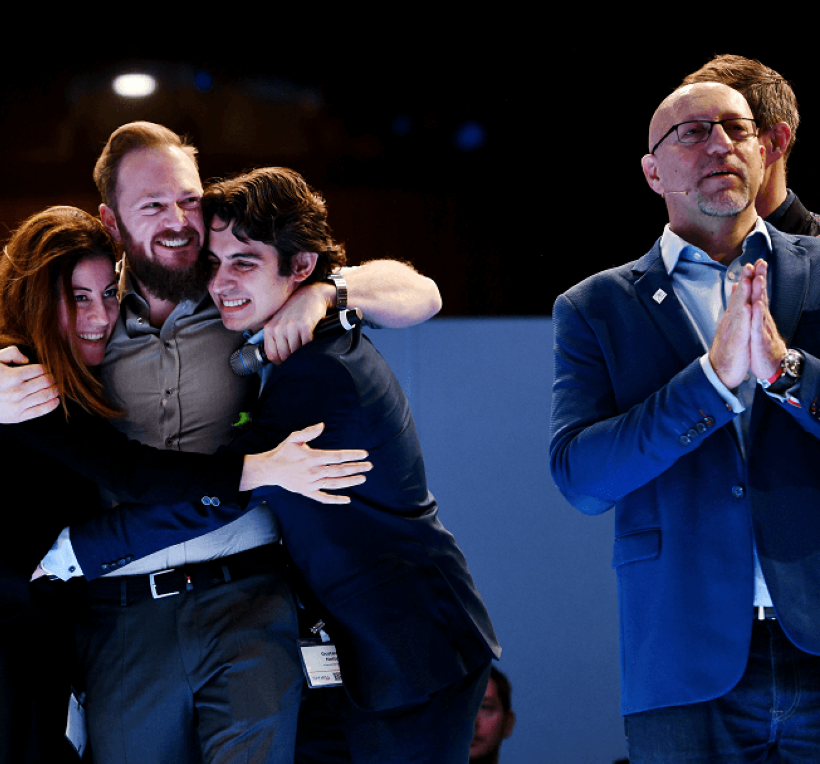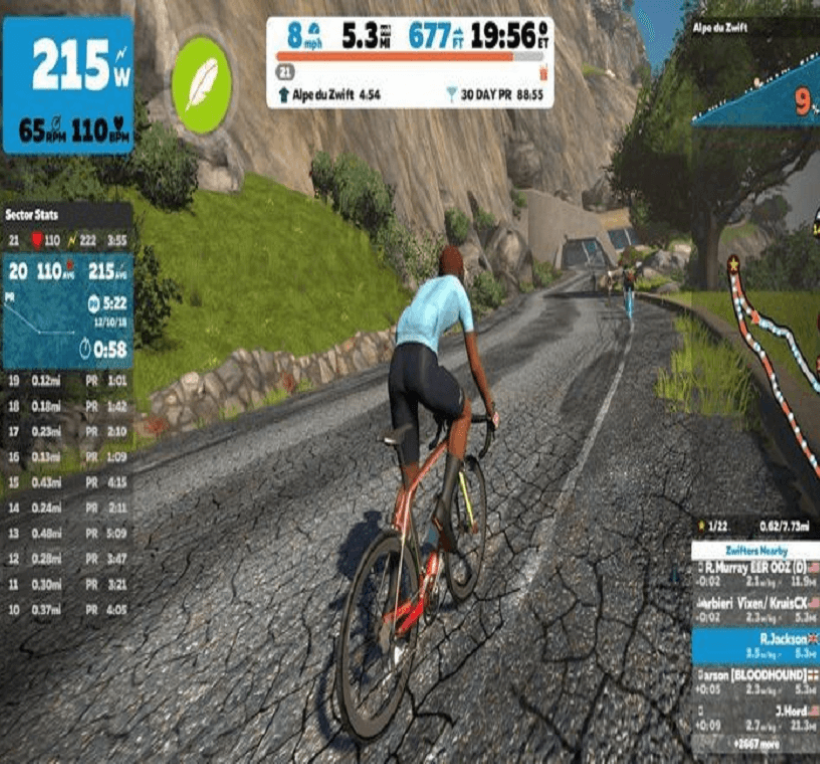

AI in Sports: From Noise to Action
3 Min Read
AI in Sports: From Noise to Action
A senior executive of a leading German sports club once told me something that stayed with me:
“AI today is like sex when you’re a teenager. Everyone talks about it, but nobody actually does it.”
He laughed when he said it, but behind the joke, there was a very real sense of frustration.
And the truth is, he’s not alone.
In conversations, I’ve had with executives across clubs, leagues, and federations, a common theme keeps coming up: the buzz around AI is everywhere, but the path forward isn’t always clear. Not because these leaders aren’t capable, but because the industry hasn’t yet built a shared language or framework for how to approach AI in a way that feels both practical and strategic.

Walking in the Dark
Sports leaders are used to making high-stakes decisions every day, about players, sponsorships, media rights, or fan engagement. Yet with AI, many describe the feeling as walking in the dark.
The questions are there, but the answers aren’t obvious:
• Where can AI actually save us millions in stadium operations or ticketing?
• How could it reduce injuries or optimize player performance on the pitch?
• Which processes could it streamline right now to free up people and resources?
• How can it help us grow revenues, through fans, sponsors, or media rights?
These aren’t signs of weakness. They’re the natural questions of any leader facing a new, transformative technology. And maybe that’s exactly where the opportunity lies.
Testing, Not Watching from the Stands
The way forward is not endless theory. It’s testing.
Just like in sports, progress comes from stepping onto the pitch, not staying in the stands cracking seeds. Testing is how organizations learn, taste new technologies, and fail forward.
Some tests will succeed, some will fail. Both outcomes are valuable. Each one gives sharper insights into what works, whether it’s optimizing sponsorship reporting, predicting injury risk, or creating automated highlight clips for fans around the world.
The challenge is not whether to test. The challenge is making sure tests connect to a bigger picture, with clear priorities about which problems matter most.

From Noise to Roadmap
So how do we cut through the noise? It starts with leadership.
1.Define the big questions
Where are we bleeding money? Where are the untapped growth levers? And equally, where on the pitch can AI give us an edge in performance?
Example: Predictive AI can help optimize staffing and concessions on game days, while simultaneously analyzing player workloads to reduce fatigue-related injuries.
2.Build a winning picture for the next 12 months
Don’t think of AI as a distant “vision” project. Think of it as a season plan. What do you want to fix, improve, or test in the next year? Which one or two wins would create momentum across the organization?
Example: A club might decide that over the next 12 months it will focus on two fronts: smarter ticket pricing to drive matchday revenues, and injury-prevention analytics to protect player availability. Clear, achievable, and measurable.
3.Start small, scale fast
Choose one or two meaningful tests with clear ROI potential. Execute them well, measure the results, and use that momentum to expand.
Example: Clubs testing AI-powered sponsorship analytics have shown brands deeper insights into fan behavior, while others are trialing AI video tools to break down match footage within minutes for coaches.
4.Educate the team
AI readiness is not just about tech it’s about culture. Staff need to understand not only what AI can do, but how to work alongside it. Leaders must foster a mindset of experimentation without fear.

Looking Beyond 2025
Here’s the uncomfortable truth: by 2026, almost every club, league, and federation will already be running AI tests. That won’t be the differentiator anymore.
The deeper challenge will be whether leadership can stay in the driver’s seat defining the problems that matter most and ensuring AI serves the vision, not the other way around.
Because in the end, the winning organizations won’t be those with the most algorithms.
They’ll be those with the clearest human leadership on and off the pitch.
With love for sports and innovation
Amir




Comments
Neissan
Good points for thought. Hopefully there will be more applications of AI in grassroots sports like we do in the future. The gradual shift from selling “AI solutions” (basically gimmicks) only to first tear clubs will find a saturation point and new opportunities in Grassroot sport (almost exclusively exploited by us, in a scalable AI model) will be predominant.